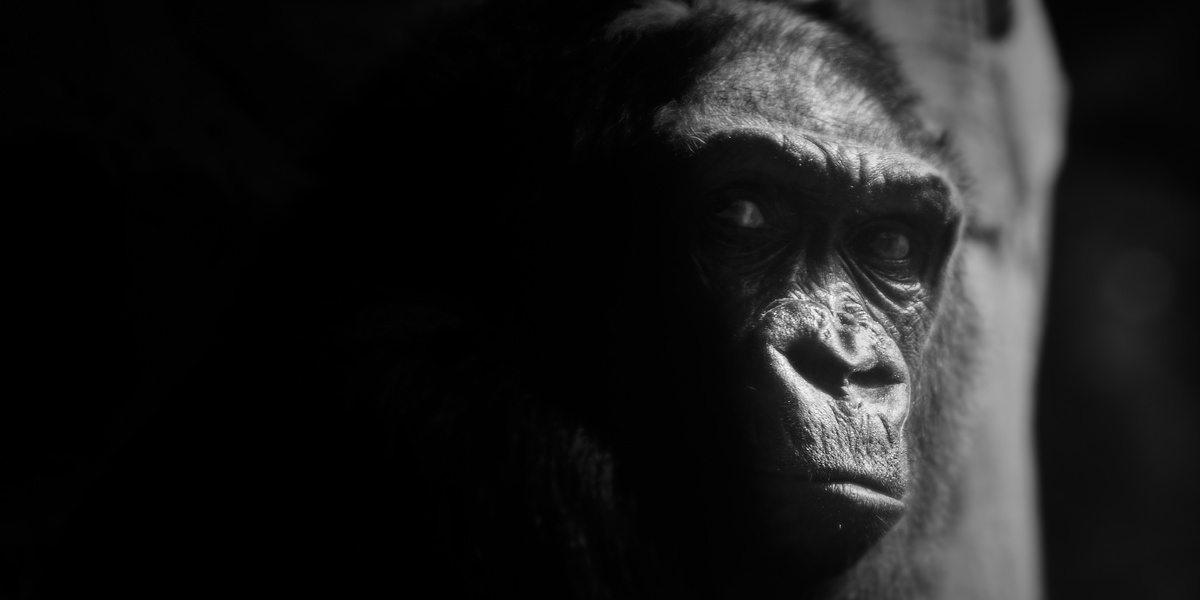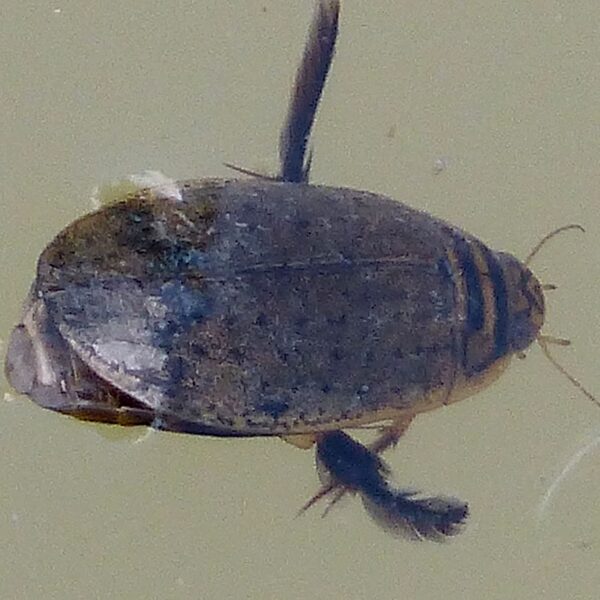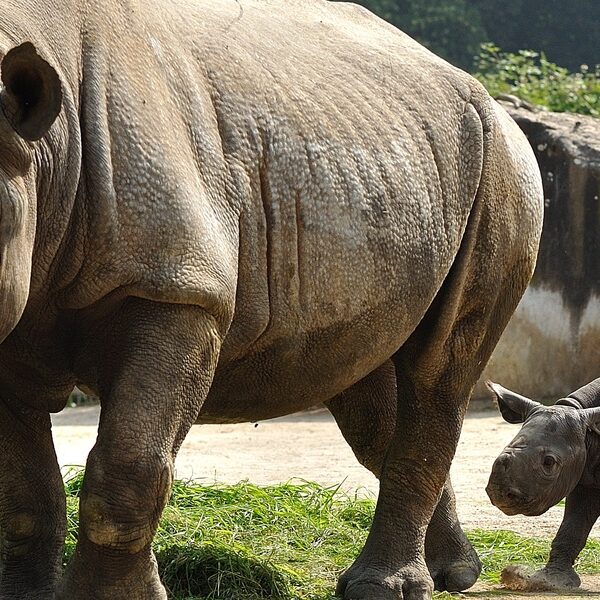The Republic of the Congo holds vast tracts of lowland rainforest, swamps and riverine forests that shelter species many visitors never encounter. Dense canopy, seasonal floods and remote protected areas create pockets where uncommon mammals, birds and reptiles persist out of sight and study.
There are 18 Rare Animals in the Republic of the Congo, ranging from the African Golden Cat to the Yellow-casqued Hornbill; for each species you’ll find below clear, tabulated details using the columns Scientific name,IUCN status,Size (kg), which give a quick snapshot of identity, conservation concern and typical mass, and a short note on habitat and range which you’ll find below.
How do IUCN statuses reflect the threats these species face?
IUCN categories summarize extinction risk—Least Concern to Critically Endangered—based on population trends, range and threats like habitat loss, hunting or fragmentation; checking the IUCN status in the table helps prioritize which species need habitat protection, stricter enforcement or research in the Republic of the Congo.
Where are people most likely to see one of these rare animals in the wild?
Sightings are unpredictable, but protected areas such as Nouabalé-Ndoki and Odzala-Kokoua, plus guided forest walks and river trips with local trackers, offer the best chance; go with experienced guides, visit at dawn or dusk, and respect local rules to minimize disturbance.
Rare Animals in the Republic of the Congo
| Name | Scientific name | IUCN status | Size (kg) |
|---|---|---|---|
| Western Lowland Gorilla | Gorilla gorilla gorilla | Critically Endangered, population decreasing. | 140-200 |
| Forest Elephant | Loxodonta cyclotis | Critically Endangered, population decreasing. | 2,000-4,500 |
| Slender-snouted Crocodile | Mecistops leptorhynchus | Critically Endangered, population decreasing. | 75-230 |
| Bouvier’s Red Colobus | Piliocolobus pennantii bouvieri | Critically Endangered, population decreasing. | 7-10 |
| Central Chimpanzee | Pan troglodytes troglodytes | Endangered, population decreasing. | 40-65 |
| Giant Pangolin | Smutsia gigantea | Endangered, population decreasing. | 30-35 |
| White-bellied Pangolin | Phataginus tricuspis | Endangered, population decreasing. | 1.5-2.5 |
| Grey Parrot | Psittacus erithacus | Endangered, population decreasing. | 0.4 |
| Mandrill | Mandrillus sphinx | Vulnerable, population decreasing. | 20-35 |
| Hippopotamus | Hippopotamus amphibius | Vulnerable, population decreasing. | 1,300-1,800 |
| African Golden Cat | Caracal aurata | Vulnerable, population decreasing. | 5-16 |
| Leopard | Panthera pardus | Vulnerable, population decreasing. | 40-70 |
| Yellow-casqued Hornbill | Ceratogymna elata | Vulnerable, population decreasing. | 1.8-2.2 |
| Grey-necked Picathartes | Picathartes oreas | Vulnerable, population decreasing. | 0.2-0.25 |
| Dwarf Crocodile | Osteolaemus tetraspis | Vulnerable, population decreasing. | 15-32 |
| Long-tailed Pangolin | Phataginus tetradactyla | Vulnerable, population decreasing. | 2-3 |
| Western Bongo | Tragelaphus eurycerus eurycerus | Near Threatened, population decreasing. | 210-400 |
| Congo Martin | Riparia congica | Data Deficient, population unknown. | 0.01-0.015 |
Images and Descriptions
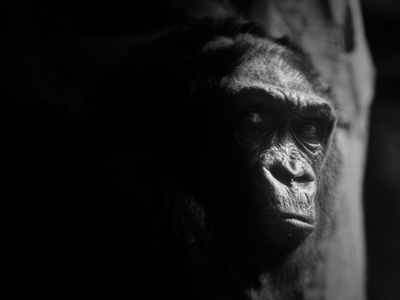
Western Lowland Gorilla
Found in the dense rainforests of Nouabalé-Ndoki and Odzala-Kokoua parks. These highly intelligent great apes live in family groups led by a silverback. They are critically threatened by poaching, habitat loss, and infectious diseases like Ebola.
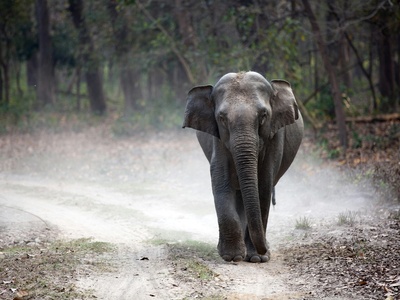
Forest Elephant
Inhabits the vast rainforests, acting as a crucial “forest gardener” by dispersing seeds. The Republic of the Congo is a key stronghold for this smaller elephant species, which is severely threatened by ivory poaching and habitat fragmentation.
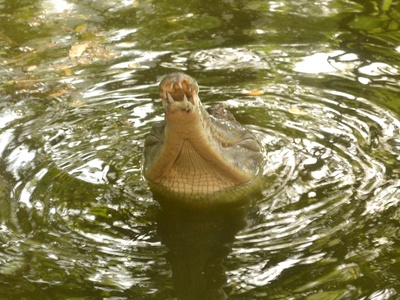
Slender-snouted Crocodile
This critically endangered crocodile prefers forested rivers and coastal lagoons. It is distinguished by its remarkably long, thin snout, perfect for catching fish. It is threatened by hunting for its skin and meat, and by habitat destruction.
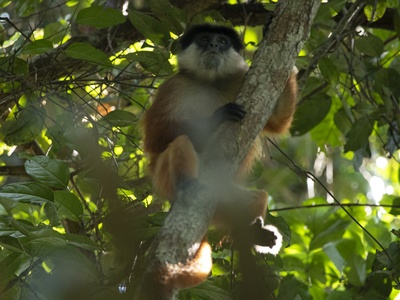
Bouvier’s Red Colobus
An extremely rare monkey endemic to the swamp forests along the Congo River. Once thought extinct, it was rediscovered in 2015 in Ntokou-Pikounda National Park. Its primary threats are hunting for bushmeat and habitat degradation.
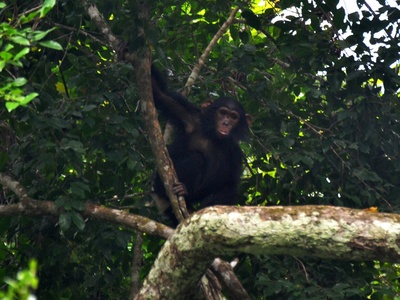
Central Chimpanzee
Our closest living relative, found in the northern forests of the country. Chimpanzees are known for their complex social structures and tool use. They face severe threats from poaching for the bushmeat trade, habitat loss, and disease.

Giant Pangolin
The largest of all pangolin species, this nocturnal, ant-eating mammal lives in rainforests and savanna. Covered in protective scales, it is heavily poached for its scales and meat, making it one of the most trafficked animals in the world.
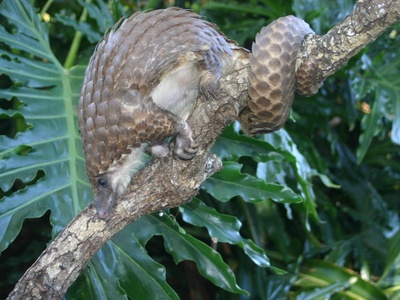
White-bellied Pangolin
A smaller, tree-climbing pangolin found in the Congo’s forests. It uses its long prehensile tail for balance while foraging for ants and termites in trees at night. Like all pangolins, it is critically threatened by illegal trafficking.
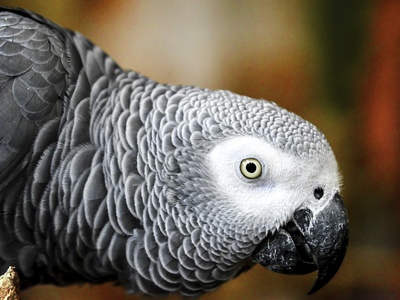
Grey Parrot
Famous for its intelligence and ability to mimic human speech. It inhabits lowland rainforests, but its populations have been decimated by the illegal pet trade and habitat loss. Congo’s forests are one of its last major strongholds.

Mandrill
The world’s largest monkey, known for the male’s vibrant red and blue facial coloration. They live in large groups called hordes in the southern rainforests. Mandrills are threatened by extensive hunting for bushmeat and loss of their forest habitat.

Hippopotamus
This large, semi-aquatic mammal is found in the rivers and lakes of the Congo basin. Despite their size, they are threatened by poaching for their meat and ivory canine teeth, as well as human-wildlife conflict and water pollution.

African Golden Cat
A reclusive and rarely seen medium-sized wild cat that hunts in the dense rainforests. Its coloration varies from reddish-brown to grey. The primary threats to this elusive predator are habitat degradation and a decline in its prey base from bushmeat hunting.
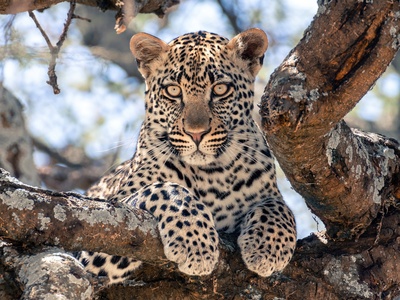
Leopard
This adaptable and powerful big cat roams Congo’s forests and savannas. A solitary, nocturnal hunter, it is threatened by habitat loss, depletion of prey, human-wildlife conflict, and illegal hunting for its beautiful spotted skin.
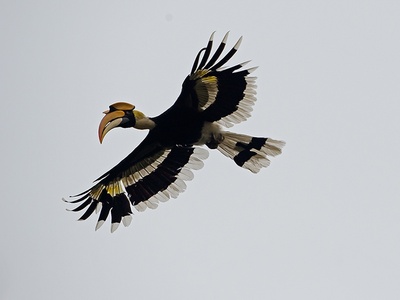
Yellow-casqued Hornbill
A large, striking bird of the rainforest canopy, recognized by its massive yellow casque. They are important seed dispersers but are vulnerable to deforestation and hunting pressure, as their large size makes them a target for bushmeat.

Grey-necked Picathartes
A unique and bizarre-looking bird with a featherless, colored head. It lives in small colonies in rocky, forested areas, building mud nests on cave walls and rock faces. It is threatened by habitat disturbance and nest predation.
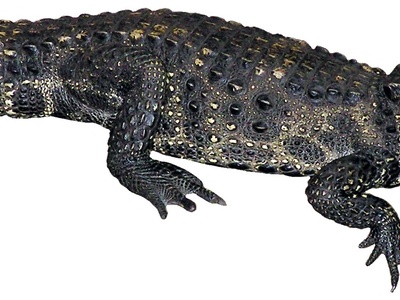
Dwarf Crocodile
The world’s smallest crocodile species, residing in the slow-moving rivers and swamp forests. This shy, nocturnal reptile is threatened by bushmeat hunting and the destruction of its wetland habitats for agriculture.

Long-tailed Pangolin
Also known as the African black-bellied pangolin, this species is well-adapted for life in trees with its extremely long prehensile tail. It is found in Congo’s rainforests and is severely threatened by the illegal bushmeat and scale trade.

Western Bongo
One of the largest and most striking forest antelopes, with a reddish-brown coat and white stripes. This shy, elusive herbivore is rarely seen in the dense forests of northern Congo. It is threatened by hunting and habitat loss from logging.
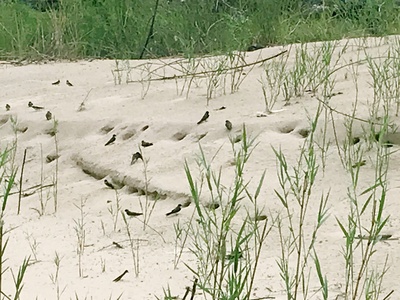
Congo Martin
A small, poorly known swallow found only along the Congo River and its major tributaries like the Ubangi. It nests in riverbanks and is considered rare, but its true population status is unknown due to a lack of research.
